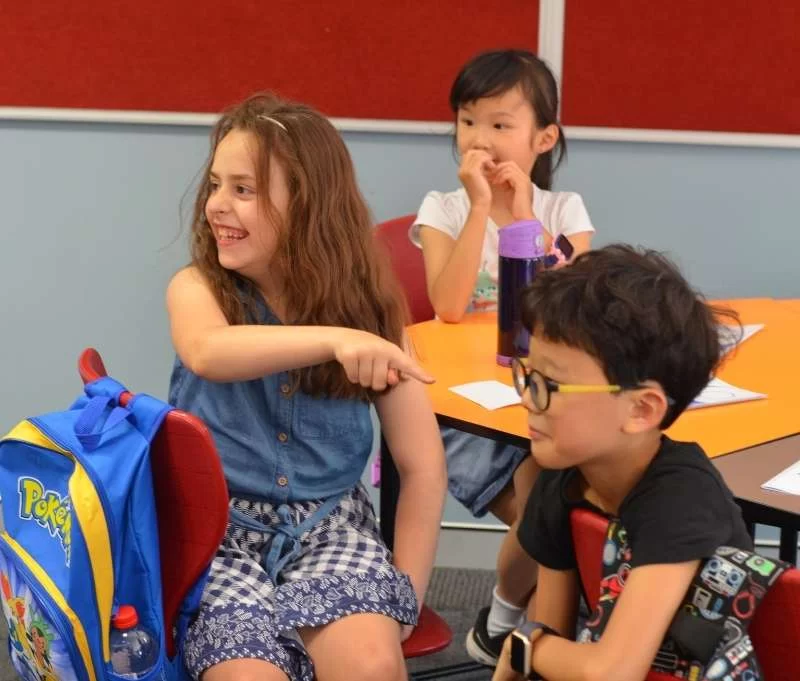Storytelling Across Cultures
25 August 2022
By Chris Giacoumakis
An enriching cultural phenomenon that deserves to be acknowledged, appreciated and embraced.
For millennia, storytelling has been fundamental in connecting people, preserving cultures, customs & traditions, and enriching our existence. Our ancestors used it as a way to not only pass down cultural and moral directives but to build community and strengthen the tapestry weaving its way across generations.
In Australia, we are enriched by a beautiful and long-standing Indigenous culture that perfectly showcases the pivotal role storytelling plays. In Indigenous cultures, there are hundreds of languages which are connected to a particular country that uses them. Within this complex system of languages, the role of storytelling was and continues to be the way to preserve language, culture and customs as well as strengthen bonds between elders and their descendants; subsequently reinforcing a sense of belonging and identity.
Stories often do this – they gift us with a reason, with a sense of affiliation, and can often take on the role of a guiding hand in our ethical and moral choices, as well as entertaining us. Consider Aesop’s’ fables – Aesop, the Ancient Greek fabulist, had a wonderful gift of telling stories that at first glance were perceived to be simple, yet carried with them a pertinent moral code used to enlighten young and old minds alike.
In some cultures, storytellers are of noble distinction and therefore are highly respected. Take some parts of West African culture where their storytellers were known as ‘griots’. These storytellers were also gifted in the areas of counselling royalty, revered as apt historians and ambassadors. There were even schools where one could train to pursue the profession of a griot!
Words, as effective and excellent as they are in narrating a story, are not the sole way to engage in this art form; the body can also be an instrument of narration. Just like our own Indigenous Australians, the Hawaiian and Indian cultures also use dance as a way to also share stories. The famous Hula is a prime example of storytelling through the art of language and dance combined. Indian temple dancers, or devadasis, perform Bharatanatyam, a spiritual dance that takes on the role of telling intricate and stories about gods/goddesses, such as Krishna or Shiva.
Storytelling can also help us heal and can inspire us. We can often find comfort when we resonate with someone else’s journey and their subsequent uprising, bolstering our evanescent faith and reminding us that all will be well. And most importantly, stories teach us to be great listeners.
Take a moment to pause and reflect. How many stories have impacted your life, whether as a child or as an adult or both? How many stories have helped you out of darkness, have helped you find a sense of direction, an escape, or have bestowed you with the gift of a good ol’ belly laugh? Stories are our friends, our allies, and our most heavily underrated cultural and communication tool.
We at SSA value the art of storytelling that we have integrated into our program offerings – check out our website for more details, or drop us a line at contact@speakingschools.com.au.



